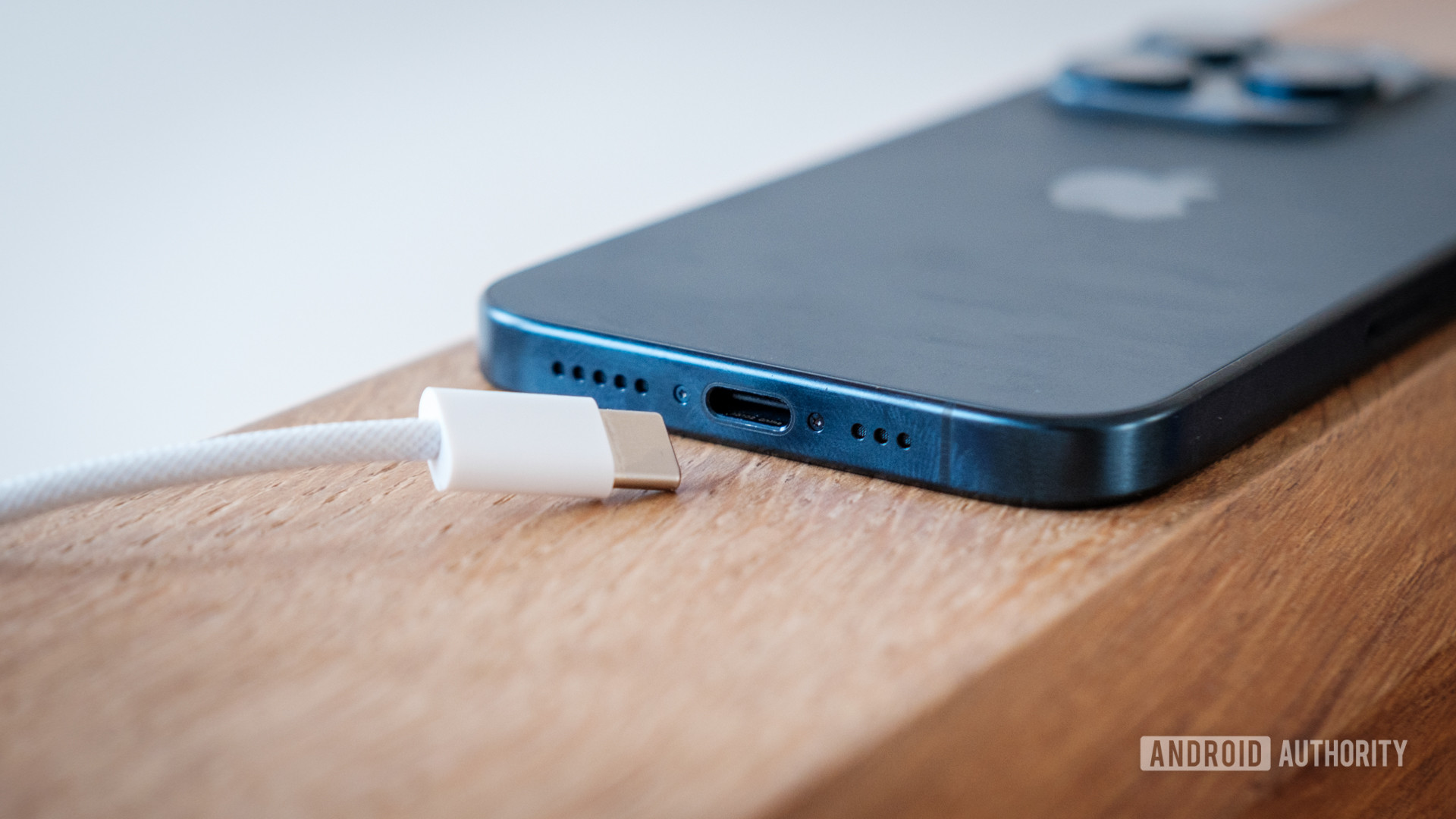With Apple I use wireless charging and I almost never plug anything into my phone. Wireless is so much more convenient.
Same story for me. I charge exclusively via MagSafe (except in the car for CarPlay), and with the 80% limit on the 15 Pro I’m back to full power pretty quickly.
Limiting charging to only 80% doesn’t do that much. It about halves the battery degradation but that’ll only be a noticeable difference after 3+ years where most people either get their battery replaced or get a new phone anyways.
In my situation I work from home, so having a battery at 100% capacity is pretty meaningless. The 80% capacity limit also prevents my phone from burning up on the wireless charger, so that’s another plus.
It’s been a year now and I’m still at 100% battery health. Honestly, with my level of usage I think I could stretch this device for 5-6 years.
Oh, wow, in this case this is indeed the better tactic.
Nice. I’m at 92% health after a year.
I do use that power most of the time though (I spend way too much time on my phone). I do wish that control were more granular: if I’m charging overnight at home, I want to charge to 100% but if I’m wireless charging in my car I usually want to maintain
We’ll see if my habits change with this phone. Previously I expected to replace the battery and give it to my teen after 2-3 years. That way we use the phone for the full 5-6 years of supported life, they’re abuse is for only half the life, but we all get updates more frequently and I’m not stuck replacing all phones at the same time. However now they’re college age so they may no longer be content to have a hand me down
Maybe it’s just me but I have the opposite take than this article ….
It’s great that Apple is switching across the board. It’s great that my iPhone has the faster data than ever before, although I’m not likely to use it. It’s also great that my phone charges so much faster. USB-C is not a step backward and may even be a little tip toe forward
However did they switch too soon? When I look at accessories like power banks, charging blocks, headphones etc, all too many are still using the older USB port/limitations. I expected to make a clean transition from Lightning to USB-C but instead have to buy double the cables to deal with a world that hasn’t fully adopted USB-C yet.
Sometimes wireless charging seems like a more common denominator than USB-C. It doesn’t matter that my car is USB-A, becuase it also has wireless charging
Yep, we have desks at work with a built in AC socket and USB-A and USB-C for charging phones. Guess what? The USB-C only delivers 5V and thus is unsuitable to power Apple’s travel charger for MagSafe and Apple Watch.
Same with our £600 Dyson lamps. They all come with an USB-C outlet. But, again, it’s only providing 5V, no PD.
Apart from that, I’m also pretty happy with USB-C everything. Even though I still think Lightning is the better design in terms of robustness of the socket. No thin plastic lip that can break apart.
I might argue that moving to just USB-C for the 2016 era MacBook pros was a little premature. In 2018 I opted for a refurbished 2015 largely because I wanted the variety of ports, and it seems they’ve stepped back a bit on the latest releases. Now though, if they didn’t move to USB-C I’d say they’re waiting too long. The issue with adopting new ports is most customers already have a plethora of devices with the existing standard, so many tend to carry on with that momentum rather than adopt the new thing and it’s growing pains. At some point though we need to rip off the bandaid and standardize on the best option. EU regulations are a big step to making this happen, and Apple is the kind of company that’s able to push the market based on what they support in their devices.
Remember the benefits of USB-C are that you can have one(or a few cables) that scale between 5 W and 240 W charging, USB 2 to Thunderbolt 4 data rates(plus things like audio/video, etc.), and even if you’re limited by the cable or the device at each end, there’s still some backwards compatibility that provides some base functionality rather than being completely worthless because the ports don’t match. You’re better off being able to connect a USB-C product at USB-2 speeds than have a micro-USB Super Speed cable/product that doesn’t connect at all.
Either way, people are going to complain. Some that there’s little innovation and things are too much the same as they were years ago. Others that the new innovation breaks compatibility and they need to replace cables/accessories to stay up to date.
Between feature disparity and opaque capabilities, iPhone consumers are virtually in the dark about what features their phone supports over USB-C without conducting a painstaking amount of research.
I wonder what percentage of iPhone 15 Pro users have ever used their USB-C port for data.
I would be surprised if it were more than 15%. The music is on Spotify, the photos are in the cloud.





